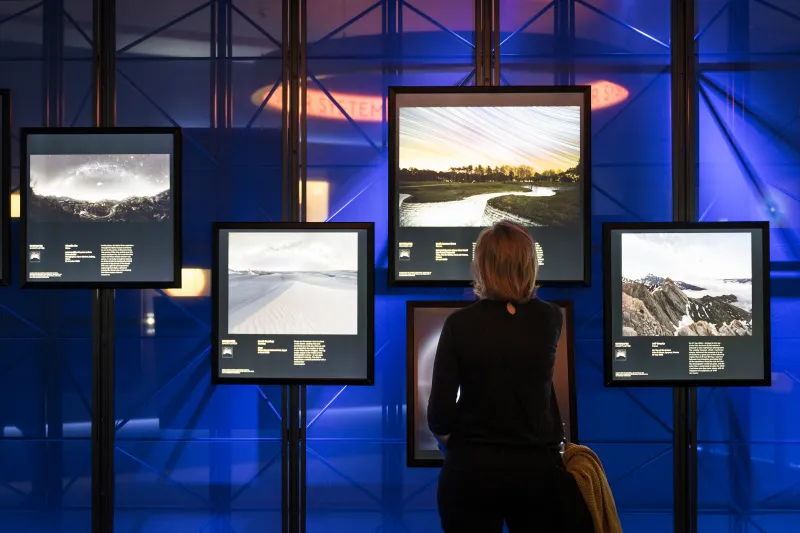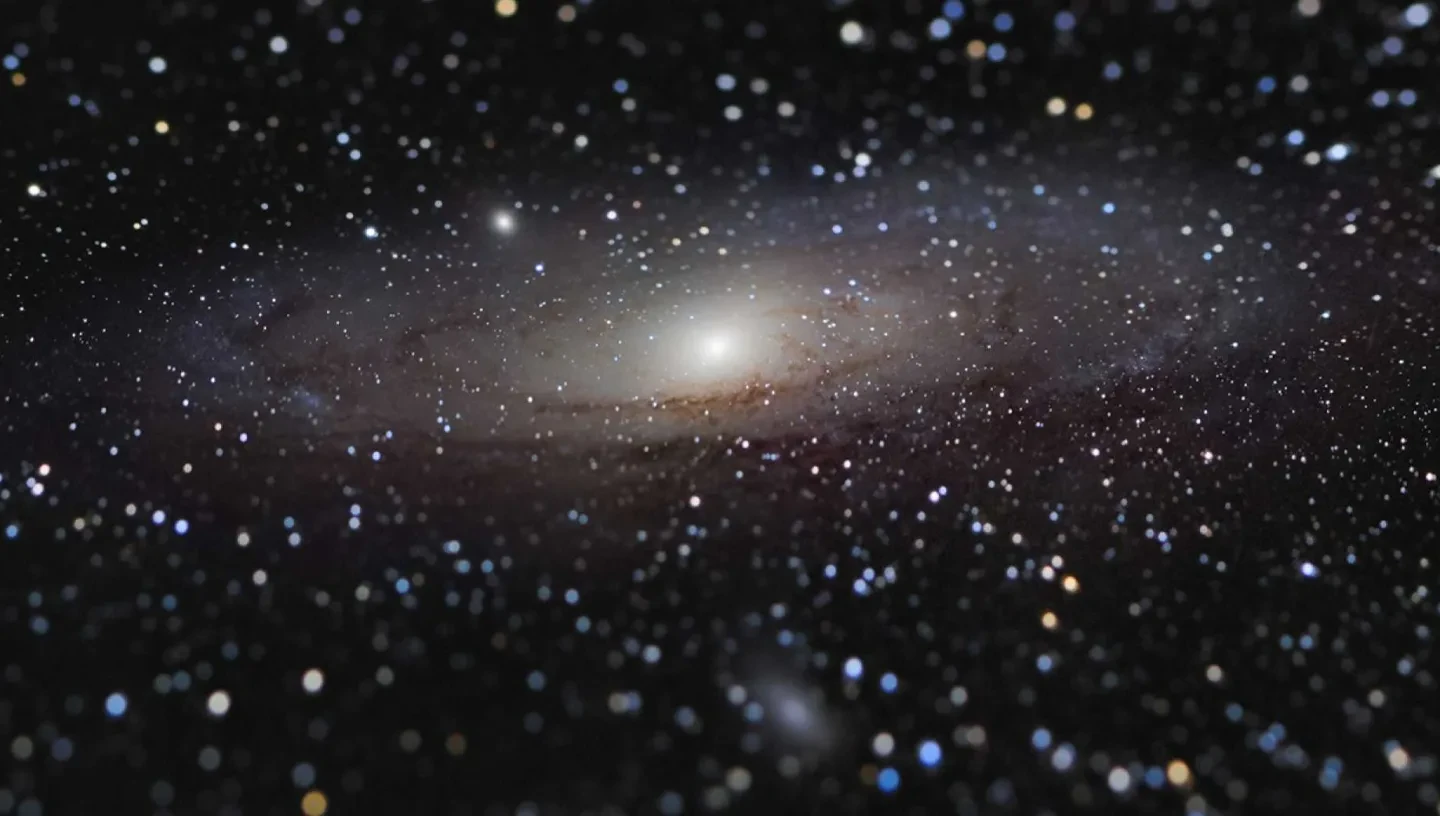
Essential information
| Type | Talks and tours |
|---|---|
| Location |
Online
|
| Date and times | Thursday 15 January 2026 | 6-7pm |
| Prices | Free |
Join the Royal Observatory Greenwich for a rare opportunity to hear astrophysicists talk about the latest research in the fields of astronomy, physics, planetary geology and space exploration.
To get you in the mood for the January 2026 lecture, you can find recordings of many of our previous lectures below. You can also subscribe to the Royal Observatory Greenwich YouTube channel to watch all our online talks, astronomy live streams and more!
Upcoming lecture
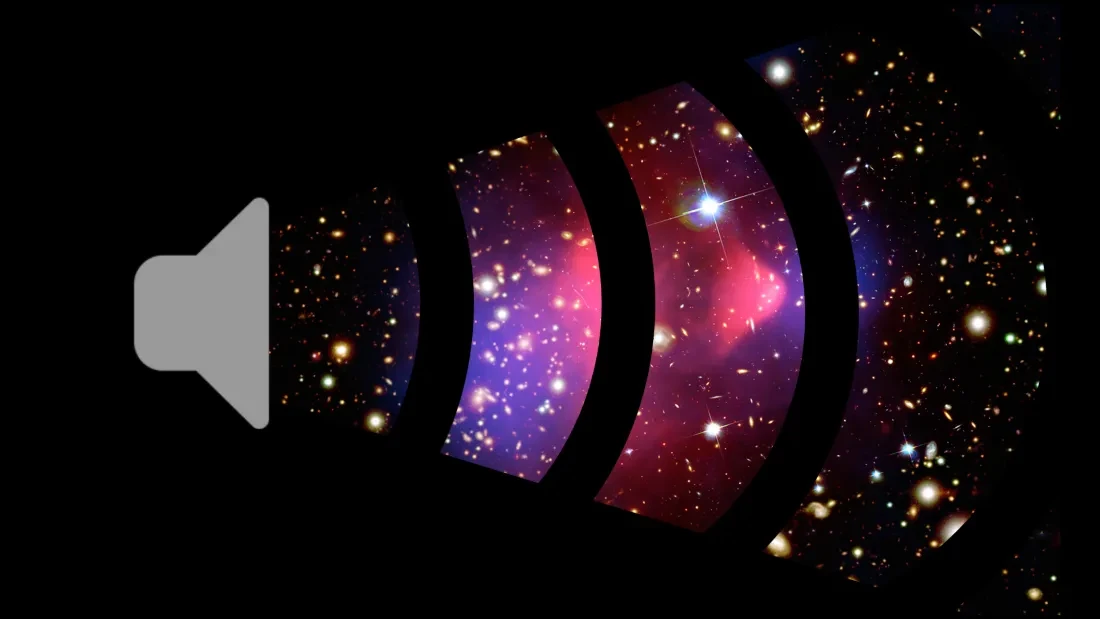
Listening to the Universe: In Search of Hidden Black Holes
15 January 2026 | 6pm
Rose Shepherd | Newcastle University
'In space no one can hear you scream!'
You might be familiar with this iconic film tagline, and no, you can't hear sound in space; but did you know we might be able to use sound as a research tool to search for hidden black holes?
Astronomy relies on visual representations of data for research and communication; however, the majority of the Universe is completely invisible. Most light that is produced is not even visible to us, so why are we always exploring space with our eyes?
This lecture will demonstrate how sound can provide an alternative method of exploring and communicating data as well as making astronomy more accessible, allowing us to use our ears to uncover secrets of the Universe.
About the speaker
Rose Shepherd is a PhD student at Newcastle University.
Her research is about how we can use sonification (the process of representing data with sound) effectively in astronomy, both as a research tool, and an educational tool. Rose works on designing and evaluating different applications of sonification. She is part of the Audio Universe team which develops tools and resources for data analysts and communicators to represent data and concepts with sound. Rose sonifies a wide range of astronomy data including galaxy spectra and stellar light curves.
Before studying at Newcastle, Rose did an integrated Master's degree in physics with astronomy at the University of Nottingham. She has a passion for science communication and music, which is what lead her to pursue this exciting project at Newcastle.
Keep up to date
Subscribe to our space newsletter to hear about upcoming Think Space lectures.
Previous lectures
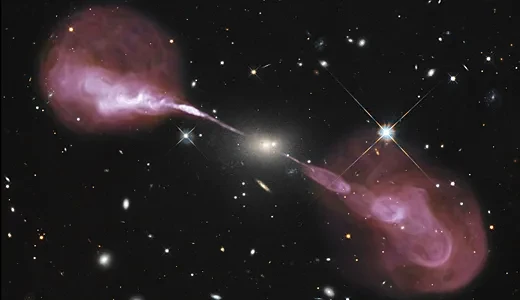
An Extragalactic Murder Mystery: Can Black Holes Kill Galaxies?
12 June 2025 | 6pm
Dr Samuel Ward | Flatiron Institute
There are galaxy killers on the loose. Galaxies that once teemed with newborn stars are being transformed into quenched systems, devoid of new star creation. The most-wanted suspect? Supermassive black holes – lurking at the heart of galaxies, devouring nearby gas, and belching out huge jets and outflows with the power to destroy the fuel needed to create new stars. But can we catch them in the act? Using powerful supercomputer simulations and cutting-edge new telescopes, we’re getting closer to solving this cosmic murder mystery!
About the speaker
Dr Samuel Ward is an astrophysicist who studies the interaction between supermassive black holes and the galaxies they inhabit. He uses computer simulations to model the impact of black hole feedback, and compares these with multiwavelength observations of galaxies. Samuel grew up near Greenwich, with frequent childhood trips to the Royal Observatory probably playing their role in his current career choice! He obtained a master’s degree in Physics and Astronomy from Durham University, followed by a PhD from the Ludwig Maximilian University of Munich. He completed his doctorate while working between the European Southern Observatory and Newcastle University, and is now a research fellow at the Center for Computational Astrophysics at the Flatiron Institute in New York.
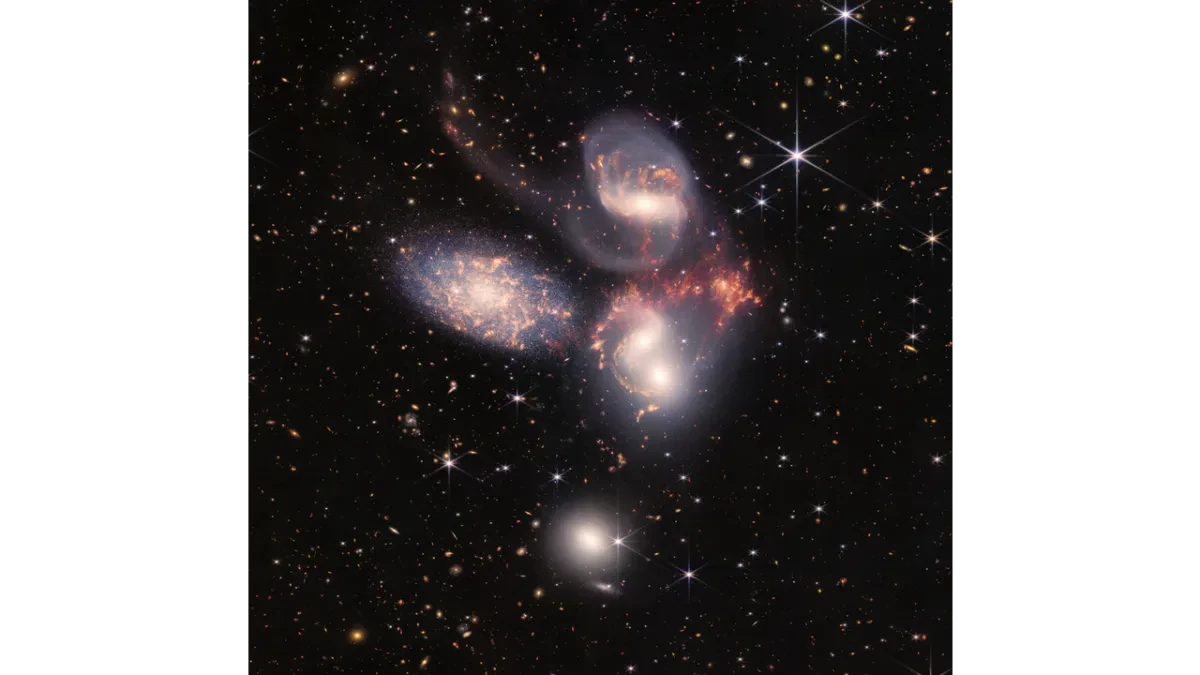
In Dust we Trust: How dust shapes us and the Universe
24 April 2025 | 6pm
Houda Haidar, Newcastle University
Dust is the building blocks upon which stars, planets, galaxies and everything in between is formed. Dust also shapes how we see the Universe. It blocks our view in visible light but shines bright in the mid-infrared, revealing objects that would otherwise be invisible to the human eye. Dust is also essential to life as we know it. Without it, we wouldn’t have many of the raw elements we have today, including water! In a nutshell, dust is us and we are dust.
In this talk, we will explore the various ways dust shapes some of the greatest wonders in the Universe, and by default, influences our understanding of it. Join Houda to uncover some of the latest dusty discoveries and how they impact life as we know it.
About the speaker
Houda Haidar is an astrophysics PhD student and science communicator at Newcastle University. Her research focuses on understanding how dust behaves near supermassive black holes using the James Webb Space Telescope (JWST). She recently published the first imaging of dust close to a supermassive black hole with JWST. Houda also aims to combine observational data with theoretical simulations to explore the wider impact of dust on its host galaxy. Houda holds a master's degree from Observatoire de Paris and completed her bachelor's degree at Queen Mary University of London.
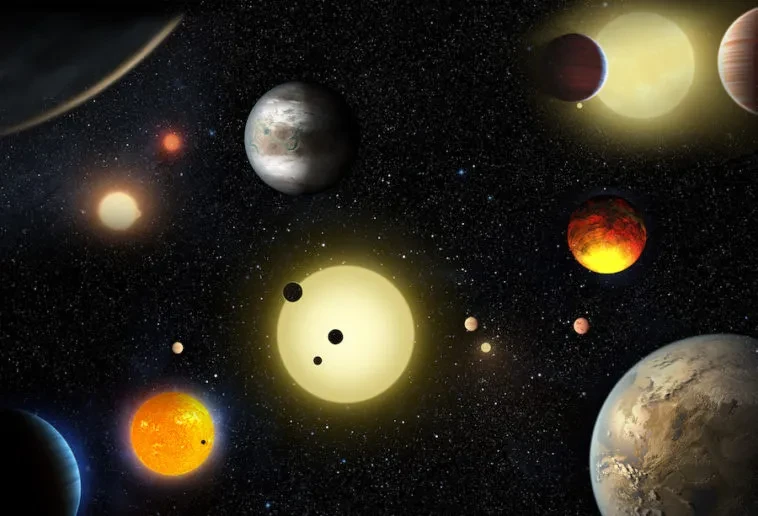
A Tale of Dwarves and Giants: Can Giant Planets Form Around the Smallest Stars?
27 March 2025 | 6pm
Dr. Ed Bryant, University of Warwick
Astronomers have discovered thousands of exoplanets - planets which orbit stars other than the Sun - over the past 30 years. However, the exact puzzle of how these planets form is one we are yet to fully solve. A key piece of this puzzle is understanding whether the smallest stars can form planets similar in size to Jupiter, and if they can, then how do they do it?
To answer these questions, Ed has been searching for these exotic planets and measuring how common, or indeed how rare, they are. This talk will explain how Ed looks for exoplanets, present the new exoplanets found during this search, and explain what they can teach us about the extremes of giant planet formation.
About the speaker
Dr. Ed Bryant is a Warwick Prize Fellow working at the University of Warwick. His research is focused on the discovery of planets orbiting stars other than the Sun, known as exoplanets, particularly those which transit their host star. Ed is particularly interested in studying and understanding the overall population demographics of exoplanets. These population demographics can be used to better understand how planets form and evolve and how these processes are influenced by the host star.
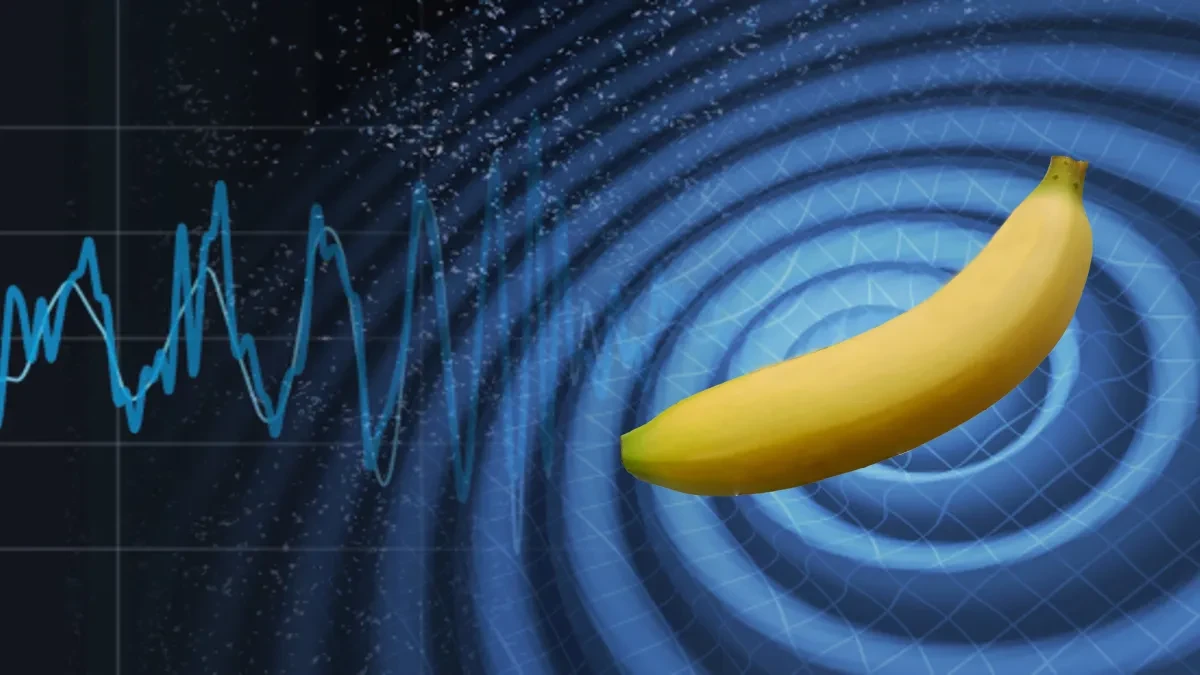
Giant Bananas Spinning in Space: A Beginner’s Guide to Gravitational Waves
27 February 2025 | 6pm
Dr Deepali Lodhia, UK Space Agency
Breaking news! In September 2015, Advanced LIGO detected gravitational waves - it was the first ever direct detection, 100 years after Einstein predicted their existence, and led to a Nobel Prize in 2017. But what are they really? What’s causing these mysterious waves, and how can we visualise what they do to spacetime as they travel across the Universe? And why are they so important? This talk will guide you through the basics of gravitational waves and help give you an idea of what they actually are, where they come from, how they move and how they’re detected. Prepare to be amazed by the mind-blowing technological advancements that made the discovery possible, and marvel at the possibilities of a new window into the Universe. All you need to do is bring along your imagination… and maybe a banana!
About the speaker
Following a degree in Physics with Astrophysics, Dee completed her PhD in Gravitational Wave Detection, both at University of Birmingham, and worked on the Advanced LIGO gravitational wave detector. Previously a science presenter, she now works at the UK Space Agency alongside UK and European Space Agency astronauts to help educate and inspire young people about space science and technology. Dee is also the Outreach Representative of the Space Group at the Institute of Physics.
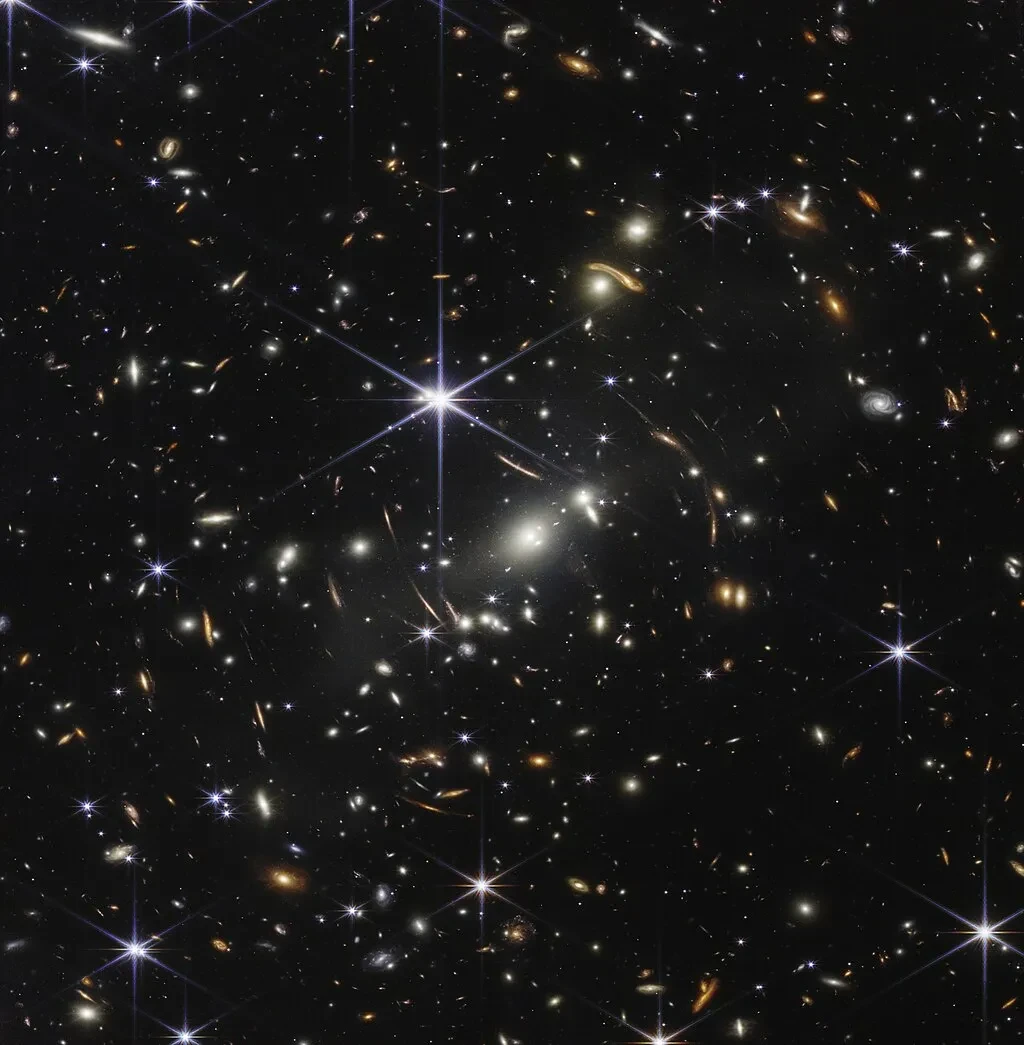
Dark Matter - why we think 95% of the Universe is missing
23 January 2025 | 6pm
Dr Elizabeth Cunningham (Involve Foundation/University of Surrey)
The objects we can observe in the night sky account for less than 5% of the total Universe. Scientists believe that the rest is made up of elusive substances called dark matter and dark energy. We can’t see it, we don’t know what it is and yet hundreds of scientists around the world are looking for it. This talk will explain the puzzle of dark matter – why we think it’s there, what scientists think it could be and what they are doing to find it. We will see that there is more to our Universe than meets the eye.
About the Speaker
Dr Elizabeth Cunningham is a science and technology engagement lead working at the Involve Foundation. In a varied career studying astronomy, astrophysics and nuclear physics she has examined the exotic nuclear matter created in stars at Canada’s National Nuclear Physics Laboratory, completed her doctorate in theoretical Nuclear Astrophysics at the University of Surrey and worked as a Planetarium Astronomer at the Royal Observatory Greenwich. She has also carried out research into the atmosphere of Saturn’s largest moon Titan at Imperial College London.
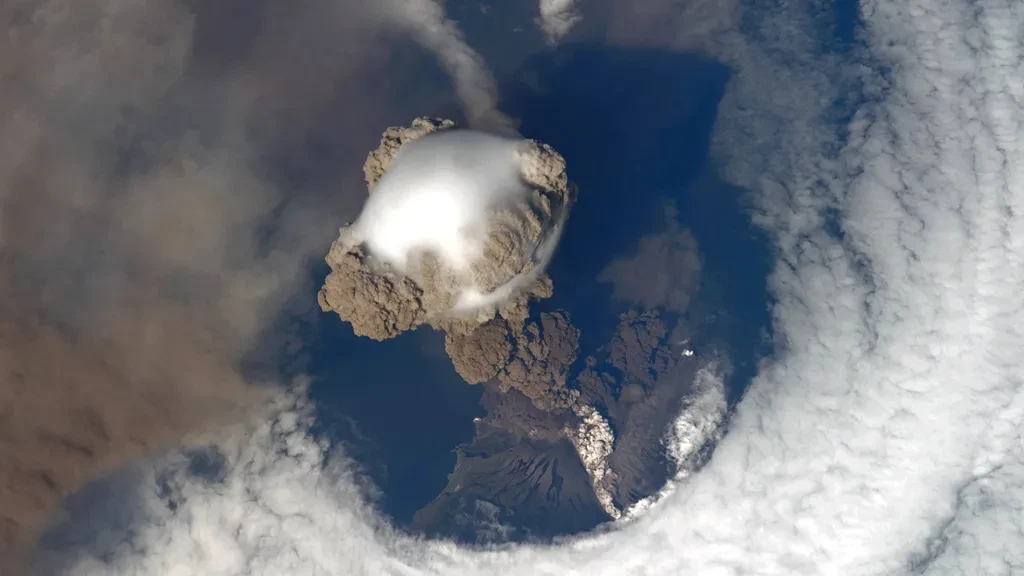
Spying on Volcanoes from Space
12 December 2024 | 6pm
Ben Ireland (University of Bristol)
There are more than 1300 active volcanoes on Earth, yet around half of these have no ground-based monitoring, and only a handful have extensive monitoring networks. Over the last 50 years, a new method of monitoring volcanoes has emerged – monitoring volcanoes using satellites. With improvements in satellite technology and the techniques used to analyses satellite imagery, volcanologists now have the tools to monitor almost all active volcanoes globally in near-real-time.
This talk will give a flavour of the range of things satellites can see at volcanoes, and how this can be used to better understand volcanoes and their eruptions, drawing on the research across the field of volcano remote sensing.
About the speaker
Ben Ireland is a PhD Student in Volcano Remote Sensing at the University of Bristol, researching ground deformation at volcanoes, with a background in Volcanology and Earth Sciences. Ben has previously used satellite imagery at volcanoes to look at volcanic hazards, particularly lava flows and pyroclastic flows.
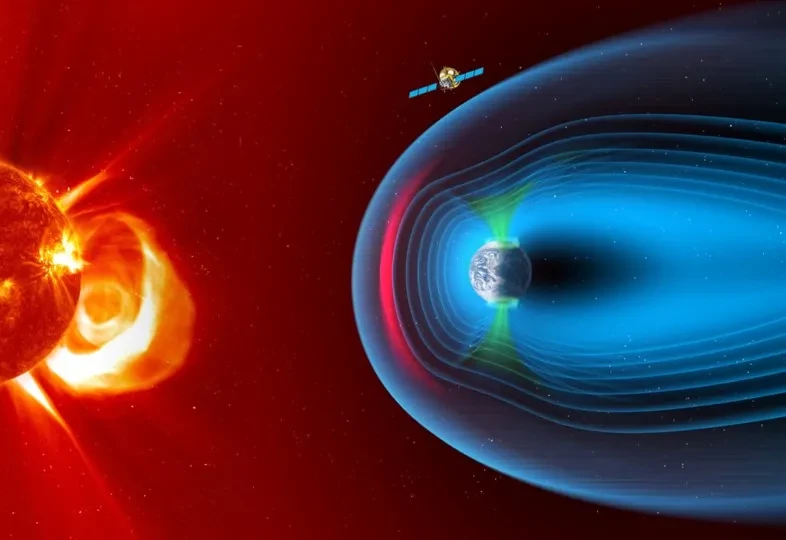
The Magnetosphere: Our Planet's Invisible Shield
7 November 2024
Chiara Lazzeri (Mullard Space Science Laboratory, UCL)
Our planet’s magnetic field plays a crucial role in shielding the Earth from the stream of material constantly ejected from the Sun, known as the solar wind. Yet, this shield is not impenetrable, and, in certain circumstances, the effects of this interaction can be observed even from the ground – for example in the form of the aurora.
In this talk, I will describe the environment created by Earth’s magnetic field - the magnetosphere - and the processes arising within it due to changes in the solar magnetic field. Additionally, we will discuss how future space missions, such as the Solar wind – Magnetosphere – Ionosphere Link Explorer (SMILE) will contribute to our understanding of these processes.
About the speaker
Chiara Lazzeri is a PhD student in the space plasma physics group at the Mullard Space Science Laboratory, University College London. Chiara holds an MSci Physics with Astrophysics degree from the University of Glasgow. Her research mainly focuses on how the Earth’s magnetosphere responds to abrupt changes in the solar magnetic field’s orientation.
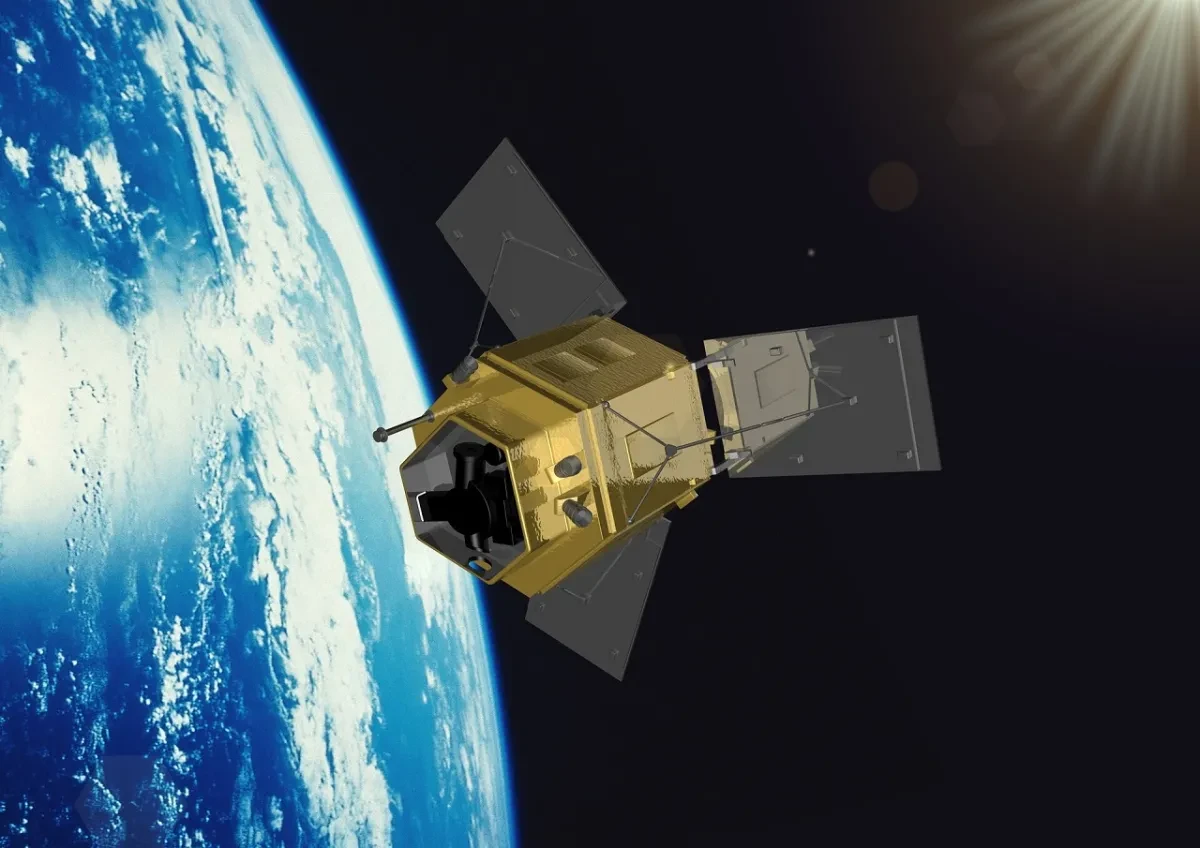
How the Earth is losing its cool
7 June 2024
Sanjeevani Panditharatne (Imperial College London)
While we often think of looking to the stars, all of that knowledge and technology can be directed back to our own planet! Climate change is at the forefront of our minds, and it is our activities that are causing more thermal radiation to be trapped in our atmosphere, leading to this rise in average global temperatures.
Earth observation provides a powerful mechanism to monitor the situation, capturing the impact of everything from volcanic eruptions to massive wildfires on our planet and its atmosphere. In this talk, we’ll explore the role of Earth observation in quantifying the balance between incoming radiation from the Sun and the loss of energy to space in more icy environments.
About the speaker
Sanjeevani Panditharatne is completing her PhD at Imperial College London and is part of the UK National Centre for Earth Observation and the Grantham Institute. Her research focuses on quantifying the interactions between Earth’s outgoing radiation and different surface and atmospheric components. In particular, she focuses on a region called the far-infrared, and the role of water vapour – the strongest greenhouse gas.
This event is part of Our World From Space (OWFS). Our World From Space is a two-year national STEM programme exploring the relevance of UK space science for the future health and sustainability of our home planet, funded by UK Space Agency in partnership with Natural Environment Research Council (NERC), part of UK Research and Innovation. Royal Museums Greenwich are delivery partners for OWFS.
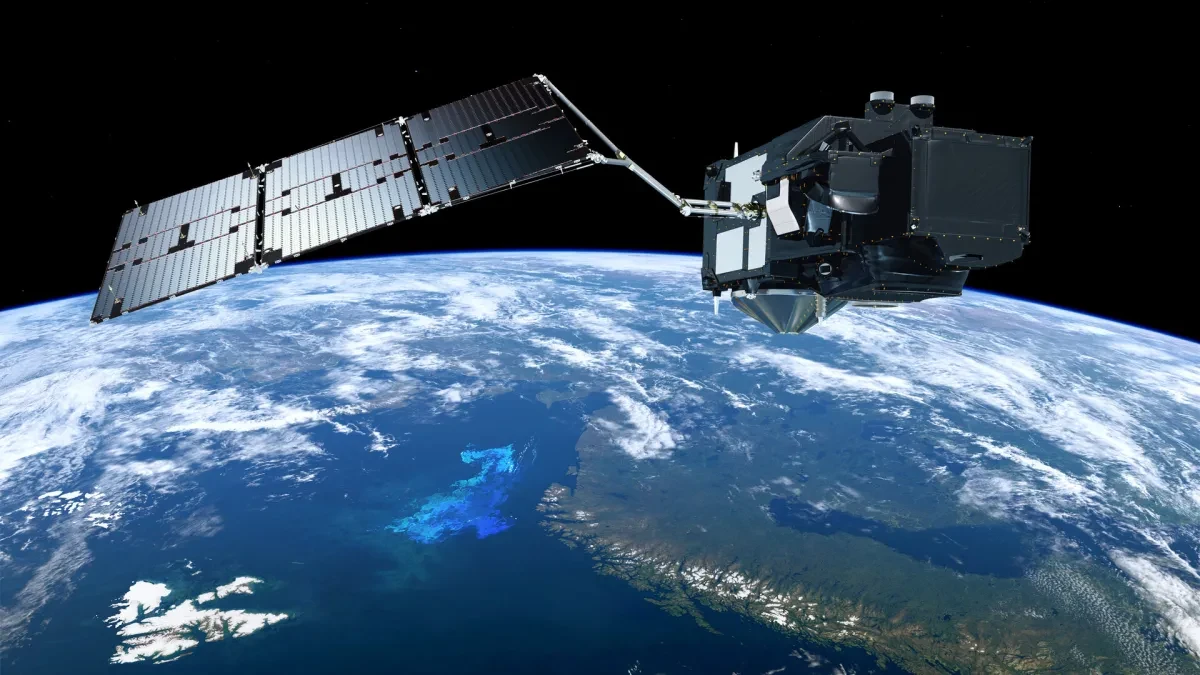
Watching the World Burn: Satellite Insights into Global Wildfire Activity
10 May 2024
Dr William Maslanka (King's College London)
Fires are a globally occurring natural phenomenon, but their escalating frequency and intensity has sparked growing concern regarding their impact on human health, livelihoods, and the atmosphere. In this talk, Dr. Will Maslanka showcases how Earth Observers use both geostationary and polar-orbiting satellites to monitor and assess global wildfire activity in near real-time, to better understand where wildfire activity is changing, and what that means in terms of greenhouse gas emissions.
About the speaker
Dr. Will Maslanka is a Research Associate at King’s College London, with the National Centre for Earth Observation. His research background includes Meteorology and microwave remote sensing of snow and soil moisture. Currently he is looking at assessing emissions of carbon monoxide from high-latitude fires with polar-orbiting satellite data.
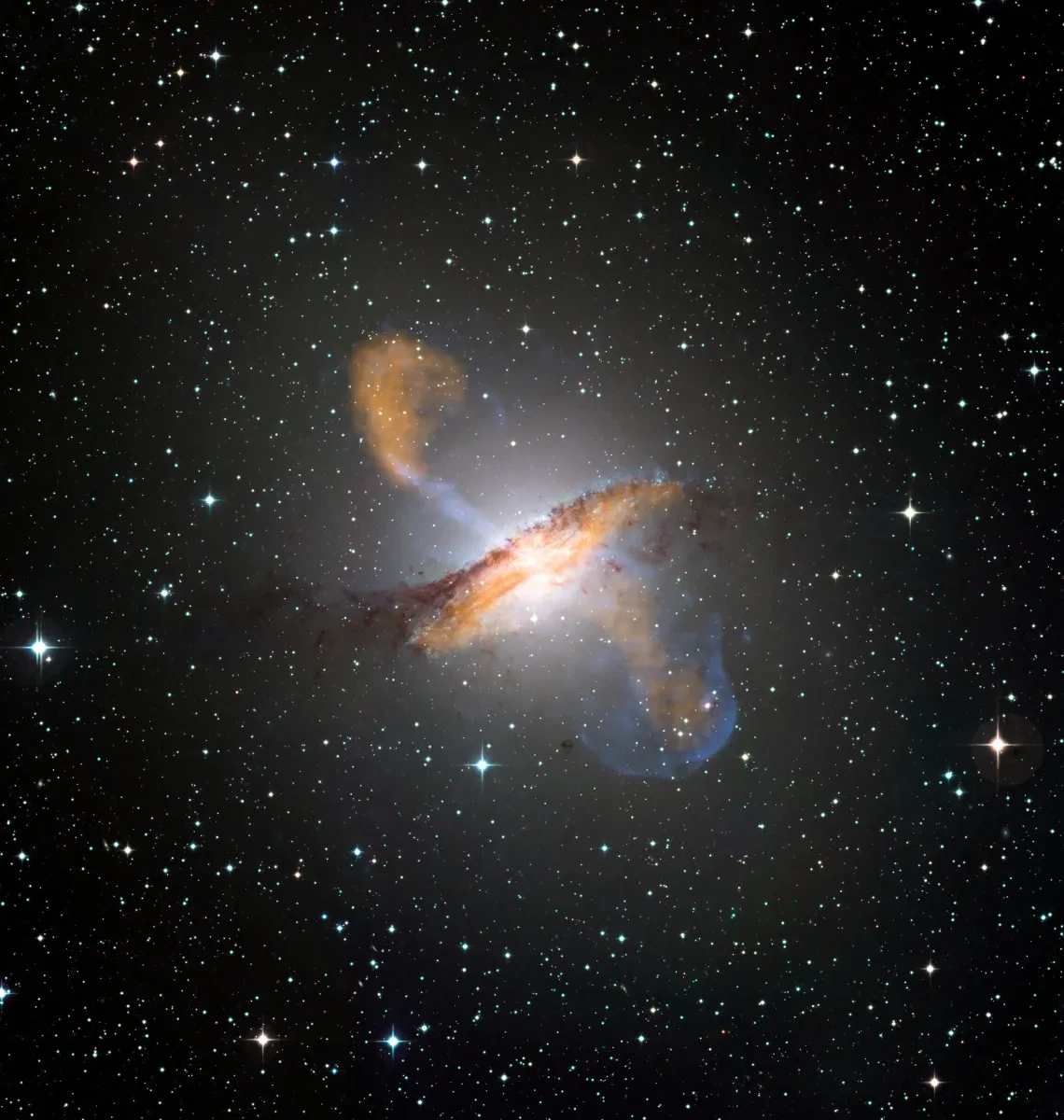
Diving into the Dark: Supermassive Black Holes
15 March 2024
Dr. Maitrayee Gupta (IRAP)
Imagine a gravitational titan so powerful that not even light can escape its clutches. These are black holes: gravitational singularities lurking in the depths of space.
Now imagine such singularities millions to billions of times the mass of our Sun! These are supermassive black holes (SMBH) at the centres of galaxies that create discs of accretion from all the matter around them.
They are astronomical powerhouses, sometimes even spewing jets of matter and energy across vast distances, extending far beyond the galaxy itself. Some SMBH – quasars – outshine even entire galaxies, and their light is like a cosmic window into the past: it allows us to piece together the history of the Universe and understand how galaxies formed.
About the speaker
Dr. Maitrayee Gupta is an astrophysicist whose research focuses on multiwavelength studies of Active Galactic Nuclei with a primary emphasis on X-rays. Her work includes studying jet formation as well as analyzing data from various X-ray telescopes like Chandra and XMM-Newton. She was most recently a Postdoctoral Fellow at the Institute for Research in Astrophysics and Planetology (IRAP) in Toulouse, France. She completed her PhD under the supervision of Prof. Marek Sikora at the Nicolaus Copernicus Astronomical Center and also completed a fellowship at the Harvard & Smithsonian Center for Astrophysics. She maintains a strong passion for scientific outreach and promoting women in science.
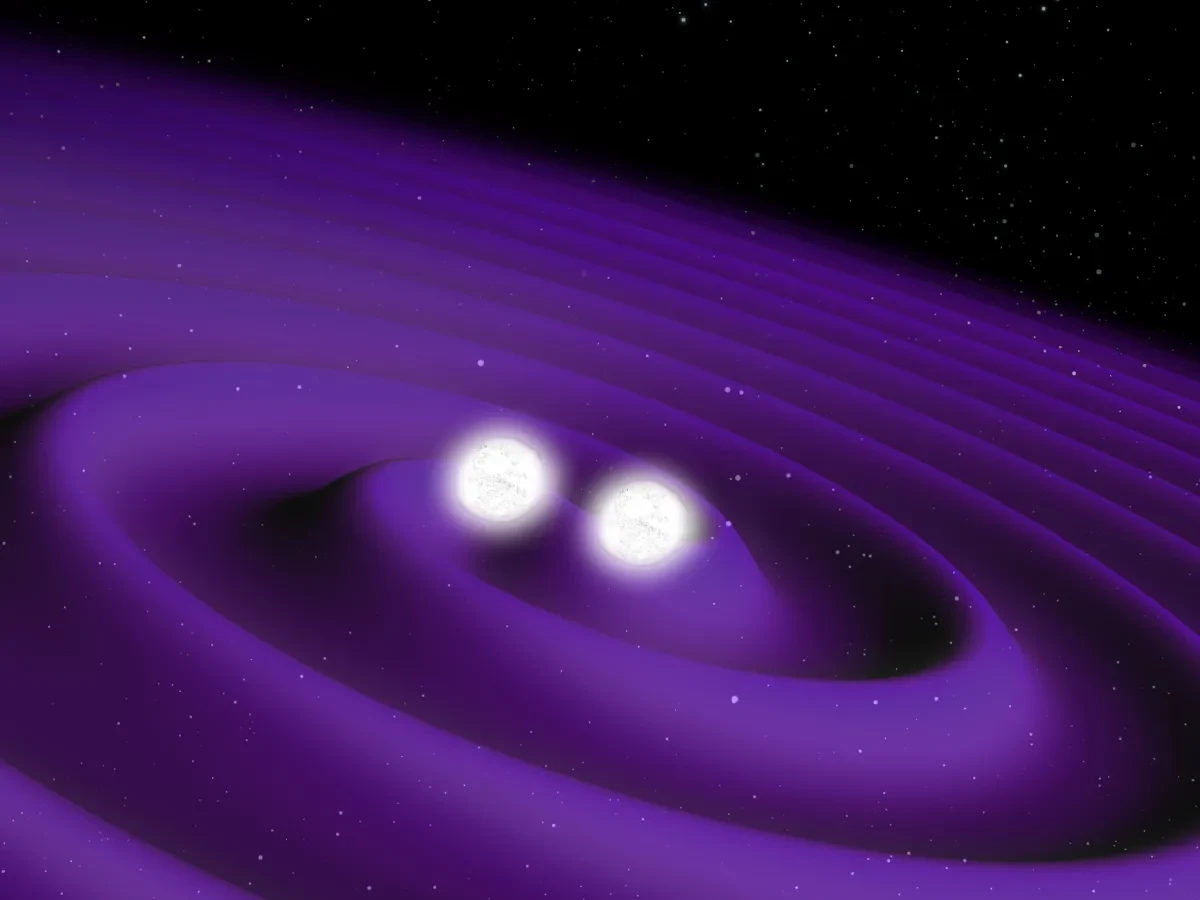
Gravitational Waves, a New Window into Nature
23 February 2024
Sergi Sirera-Lahoz (University of Portsmouth)
Gravitational waves are one of the most exciting recent discoveries in physics, opening up a new window into how we study the Universe. In this talk, we will explore the nature of gravitational waves, from how they originate to how they are detected, and what they can tell us about the Universe we live in. We will also discuss some of the latest developments in this rapidly evolving field, including new predictions, recent detections, and the exciting possibilities that lie ahead.
About the speaker
Sergi is a PhD student at the Institute of Cosmology and Gravitation in Portsmouth, where his research focuses on using gravitational waves to test different ways in which gravity can behave fundamentally. For instance, dark energy suggests that gravity may need to be modified at cosmological scales, and Sergi's research involves calculating how such modification impacts gravitational waves. Sergi was born in Barcelona, but completed his higher education in London. He studied Physics and Philosophy at King’s College London and then a master's in theoretical physics at Imperial College. Before starting his PhD, Sergi spent one year teaching A-level physics at King’s Maths School.
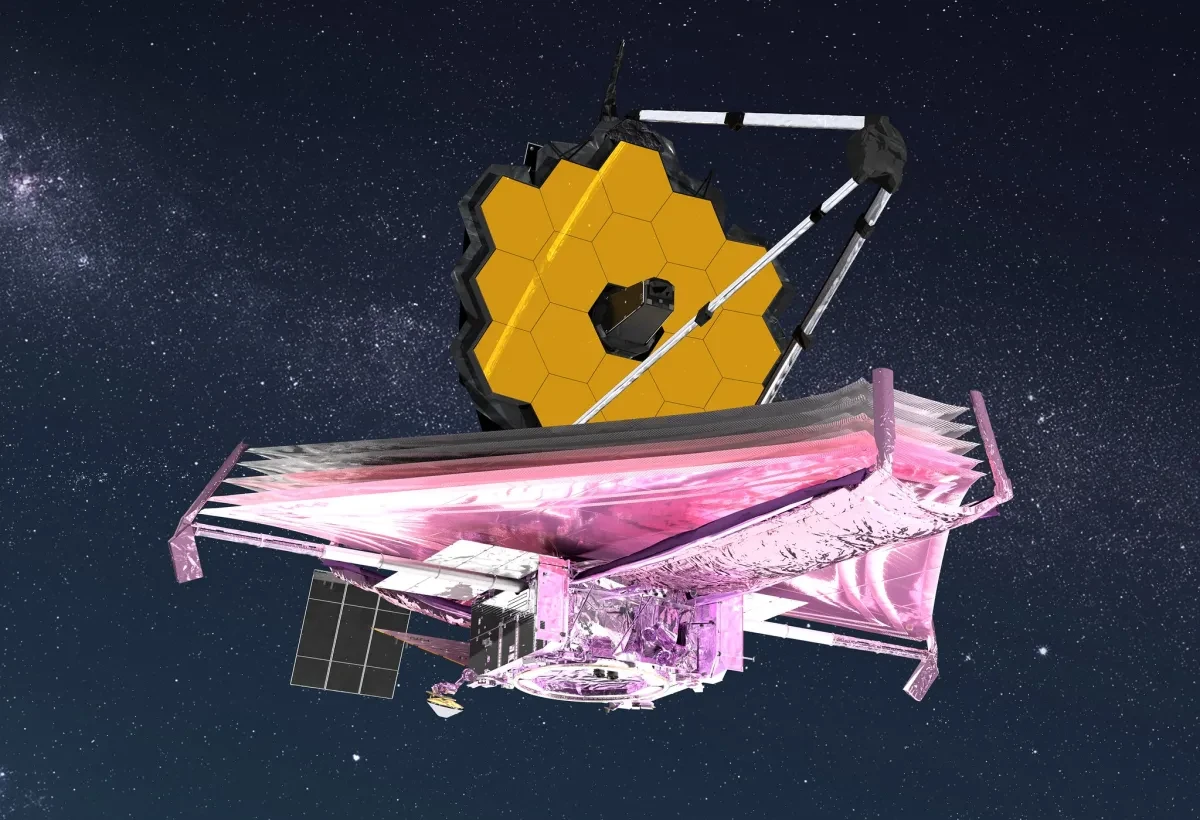
The James Webb Space Telescope: New Light on the Universe
26 January 2024
Dr Henrik Melin (University of Leicester)
JWST was launched on Christmas Day 2021, and has since observed everything from planets within our own solar system to the earliest galaxies in our universe. Already, the data returned from the observatory have provided incredible new discoveries, which may ultimately re-write our textbooks about the Universe. In this talk, Dr. Melin will highlight some of the most extraordinary findings made by JWST.
Speaker bio:
Dr. Henrik Melin is a planetary scientist at the University of Leicester studying the upper atmospheres of the giant planets: Jupiter, Saturn, Uranus, and Neptune. He obtained his PhD in planetary science in 2006 from University College London, publishing data from ground-based telescopes. He subsequently moved to Los Angles to work on the international Cassini mission to Saturn, engaging in mission planning and science exploration using the on-board ultraviolet spectrograph. He moved to Leicester in 2009, continuing his work on the Cassini missing, becoming the first UK Participating Scientist of the mission, studying Saturn's northern and southern lights using ultraviolet, visible, and infrared instruments. In 2022 he was awarded the prestigious STFC James Webb Fellowship, becoming one of only three fellows in the country, with a main focus to study the giant planets using the James Webb Space Telescope (JWST), the most powerful space telescope ever constructed.
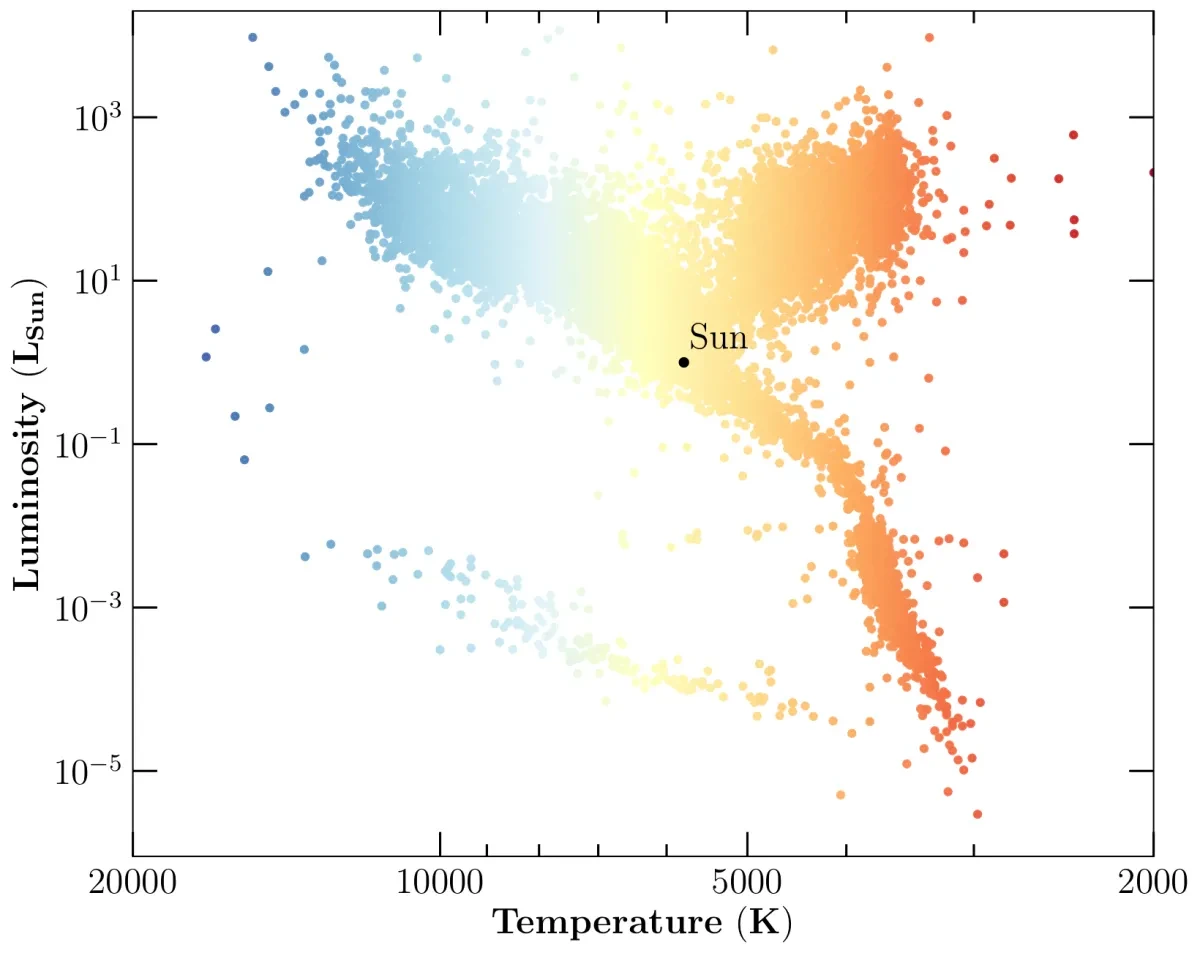
Graphs that define astrophysics
8 December 2023
Dr Jeff Grube (King's College London)
The beautiful images of the cosmos taken with telescopes have undoubtedly progressed astrophysics research over the centuries. However, it's worth celebrating the graphs that summarise our understanding of planets, stars, galaxies, cosmology and the underlying physics. In this talk, Dr. Jeff Grube discusses ten such graphs, focusing on the pioneering research behind them.
Speaker bio:
Dr Jeff Grube is a Senior Lecturer at King’s College London. He focuses on education and astrophysics. His research background is in high-energy astrophysics, previously with the VERITAS Collaboration and now with the Cherenkov Telescope Array (CTA). Jeff is fond of science museums, having previously worked as a researcher at the Adler Planetarium in Chicago for six years.
Solving the mysteries of the Dark Universe
20 October 2023
Fiona McAllister (Mullard Space Science Laboratory, UCL)
In the late 1990s, the Hubble telescope revealed something shocking: the Universe is expanding, and it’s getting faster. Why is it happening, and what does it tell us about the ultimate fate of the Universe? The answer is believed to lie in two mysterious entities which make up 95% of our Universe today: the expansion driving factor dubbed ‘dark energy’; and unobservable dark matter.
Cutting edge surveys, like the recently launched Euclid, will help cosmologists map the structure of the dark Universe, its cosmic history, and give us a glimpse into its future.
Speaker bio:
Fiona McAllister is a research student at UCL’s Mullard Space Science Laboratory. Their research focuses on machine learning and other statistical techniques for cosmology imaging surveys like Euclid.
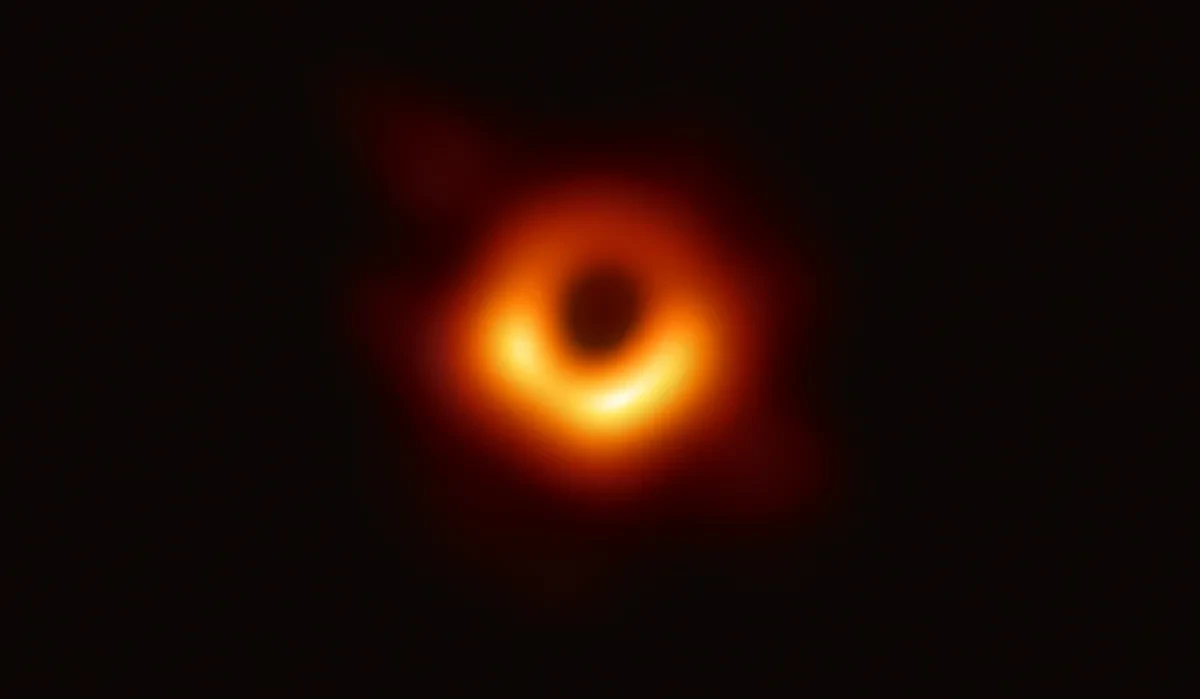
How do you take an image of a supermassive black hole?
28 April 2023
Dr Ziri Younsi (Mullard Space Science Laboratory, UCL)
The gravitational field around a black hole is so strong that nothing, not even light, can escape its event horizon. Black holes have been predicted to exist for over a century, yet direct observational confirmation of their existence was long thought to be the preserve of science fiction. However, in April 2019 the Event Horizon Telescope Collaboration surprised the world with the first ever image of a supermassive black hole. In this talk Dr Ziri Younsi will explain how we can now capture images of black holes, what these images tell us about black holes and their environments, and how future experiments of this nature will advance our understanding of black holes and the origins of space, time, and the Universe itself.
Speaker bio:
Ziri Younsi is a UKRI Stephen Hawking Fellow at UCL's Mullard Space Science Laboratory. After graduating from the University of Cambridge and subsequently UCL, Ziri began working within the Event Horizon Telescope (EHT) in 2014, first as a Humboldt Fellow at the University of Frankfurt and later as a Leverhulme Trust Fellow at UCL. His research program develops and performs supercomputer calculations of black holes, underpinning the EHT's interpretation of black hole images. He is a co-recipient of the 2020 Breakthrough Prize for Fundamental Physics and the Royal Astronomical Society's 2021 Group Achievement Award. In 2022 Ziri was elected to the EHT's Science Council, and is co-lead of the EHT's Gravitational Physics working group.
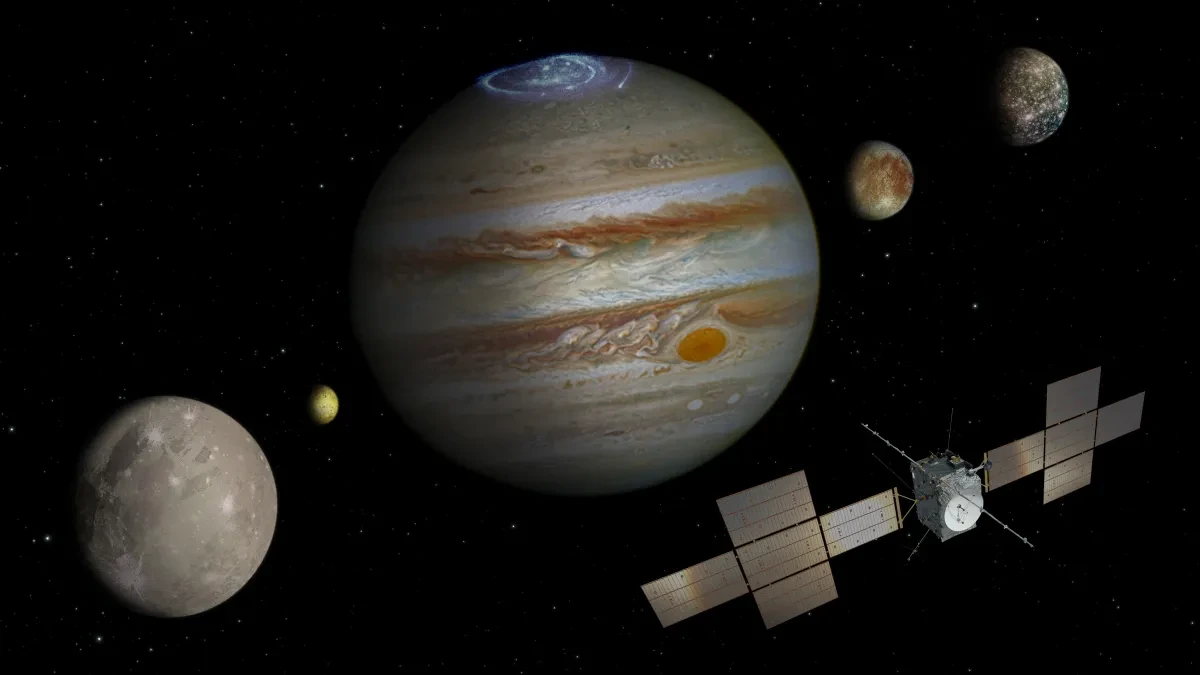
What will we learn from the JUICE mission to Jupiter and its moons?
31 March 2023
Professor Geraint Jones (Mullard Space Science Laboratory, UCL)
The European Space Agency’s Jupiter Icy Moons Explorer – JUICE – is an ambitious space mission set to explore giant planet Jupiter and its large moons, and is due to launch in April 2023. Following its multi-year journey to the largest planet, it will enter orbit around it, and it will spend several years sweeping past three of the planet’s largest moons – Callisto, Europa, and Ganymede. With its suite of instruments of many different types, scientists will lern more about these fascinating worlds, as well as Jupiter itself. The final phase of the mission is particularly exciting: JUICE will orbit Ganymede – the largest moon in the solar system, larger than planet Mercury. We’ll explore what we expect to learn from this ground-breaking project.
Speaker bio:
Geraint Jones is Professor of Planetary Science at University College London’s Mullard Space Science Laboratory. After graduating at UCL, he worked at Imperial College London, NASA’s Jet Propulsion Laboratory, and the Max Planck Institute for Solar System Research, before returning to MSSL in 2007. His primary research interests are the icy moons of the outer planets, and comets. He led the recently-approved Comet Interceptor mission proposal to the European Space Agency, due for launch in 2029.
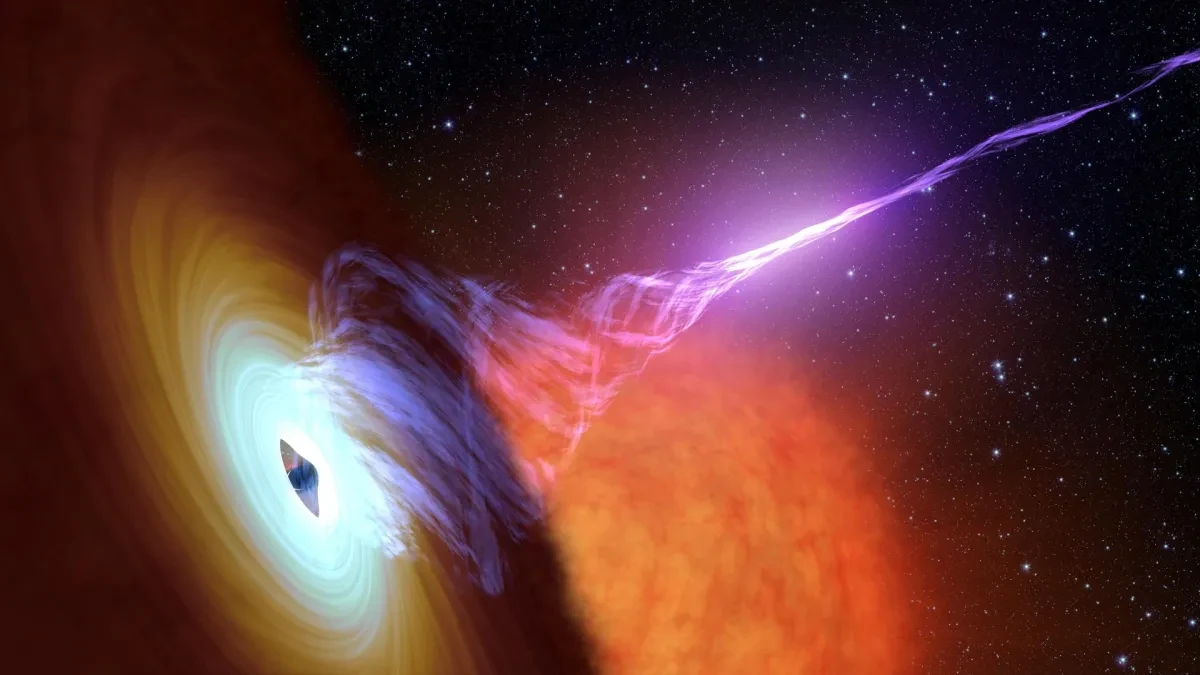
How do the largest black holes form?
24 February 2023
Dr Greg Brown (Royal Observatory Greenwich)
Black holes remain some of the most popular and most intriguing objects in the Universe. The largest, known as supermassive black holes, are found at the cores of almost every large galaxy. And yet, for something so common and ubiquitous, their origins are a mystery. In this talk, Dr Greg Brown discusses how astronomers are trying to pin down the births of these behemoths and how the untimely deaths of stars in a not-so-loving embrace may just be the best way to find out.
Speaker bio:
Dr Greg Brown is an astronomer working at the Royal Observatory Greenwich. In his time in research at the University of Warwick, he studied some of the largest explosions in the Universe and the supermassive black holes hiding in distant galaxies. Combining a love of science, comedy and acting, Greg moved into science communication, where he has been eliciting anguished groans from his audiences ever since.
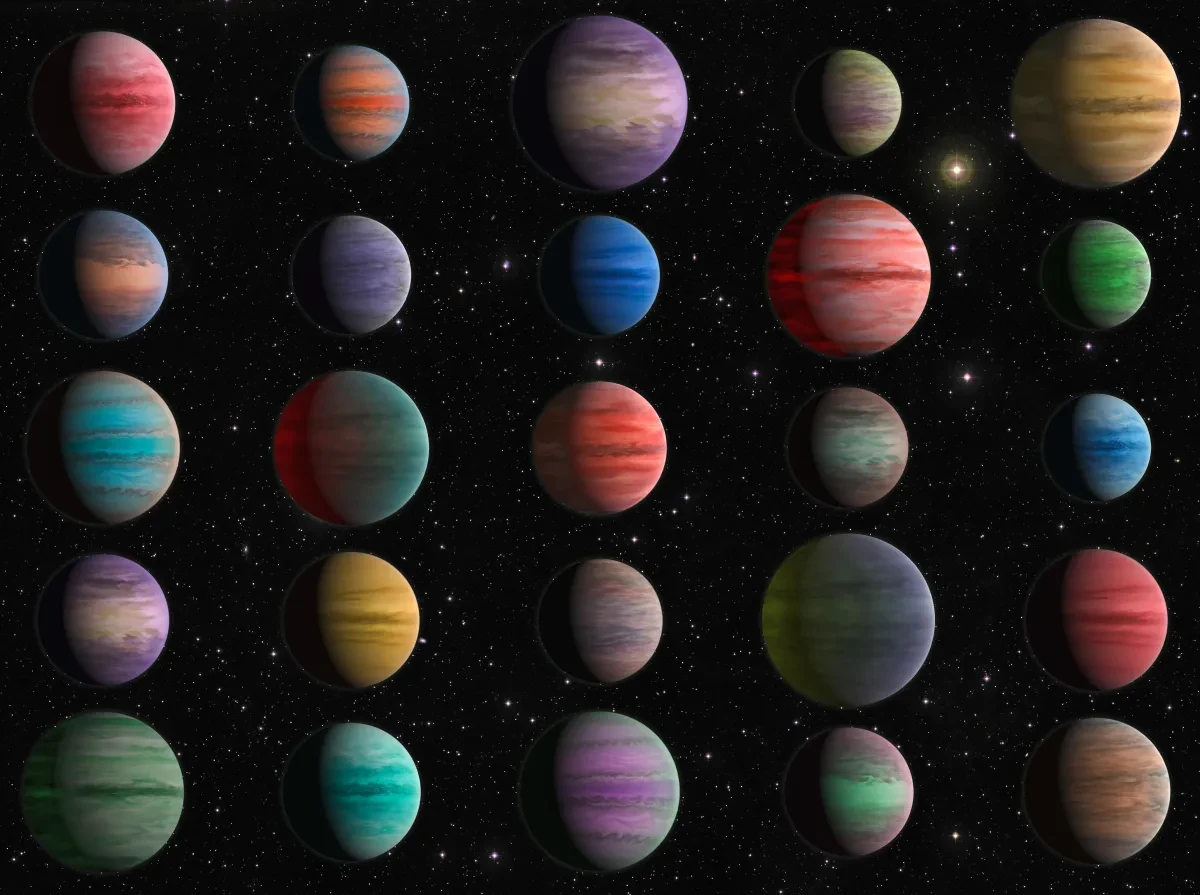
Can artificial intelligence help us find alien worlds?
27 January 2023
Dr Mario Morvan (University College London)
More than 5000 planets have now been discovered in less than thirty years of search, opening wide a window on a fascinating diversity of planetary systems. And this is just the beginning, as new telescopes and missions are now designed specifically to study those brave new worlds, thus providing us with an avalanche of rich stellar and exoplanet data to analyse. Artificial intelligence is already being used today to make sense of this data automatically and help us detect and study exoplanets – planets outside of our Solar System. But could it take us to the next step and help us unravel the greatest mysteries still held by these distant worlds?
Speaker bio:
Mario is currently a research fellow at University College London (UCL). His background in physics, data science and astronomy has led him to pursue a doctorate combining these disciplines at UCL, developing deep learning algorithms to disentangle the astrophysical and instrument noise from exoplanet signals in stellar light curves. Mario also feels strongly about bridging the gap between academic research and science outreach: he has been involved in the ORBYTS education program, the ExoClock citizen science project, and has been working as an Assistant Planetarium Astronomer at the Royal Observatory Greenwich.
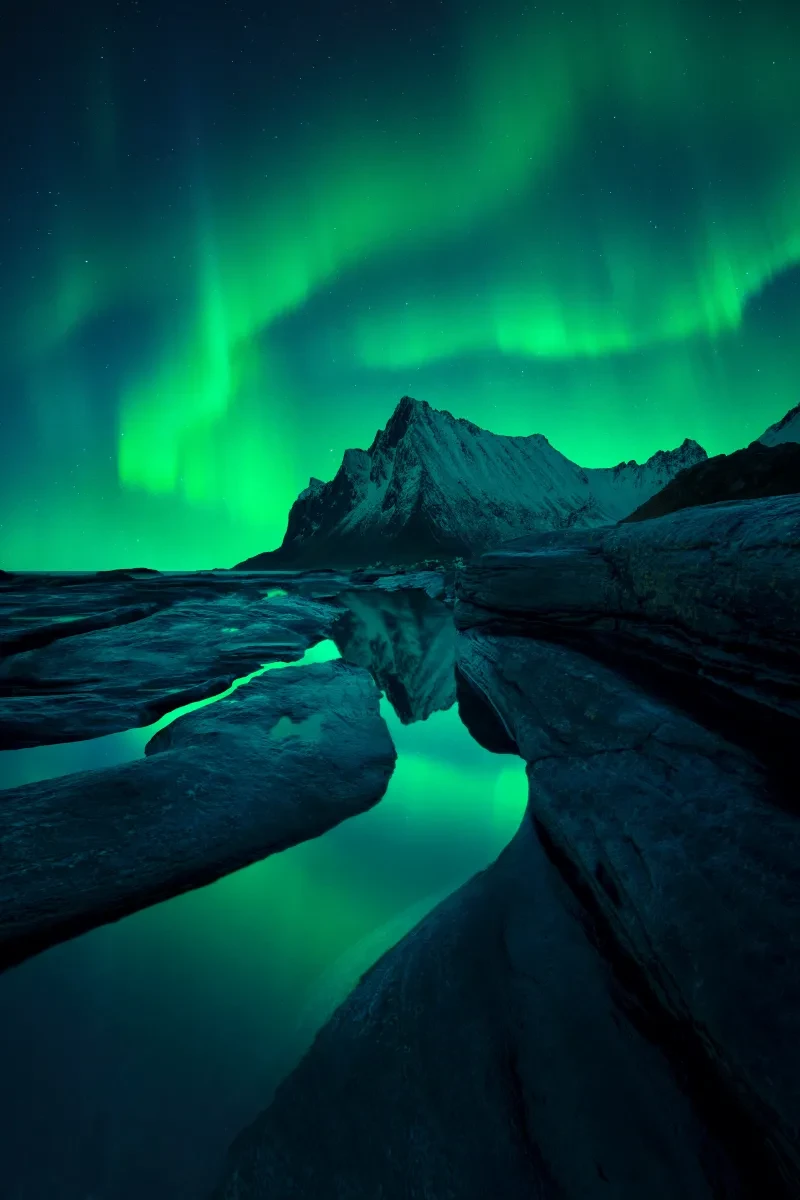
Can we predict the northern lights?
2 December 2022
Dr Michaela Mooney (University of Leicester)
The northern and southern lights, or the aurora, produce spectacular displays in the night sky. However, the energetic particles which cause these light shows pose a significant danger to technology that we rely on in our day-to-day lives, such as radio communication networks and radar systems used by planes. Since the beginning of the Space Age, scientists have been developing auroral forecast models that can predict when and where the northern lights will occur to try to minimise their impact on these essential services. In this talk we will discuss the physical processes that lead to the bright auroral displays and how current auroral forecast models work.
Speaker bio:
Dr. Michaela Mooney is a space physics researcher at the University of Leicester. Michaela’s research focusses on the occurrence of the aurora, the link between the aurora and the dynamics of Earth’s magnetic field in the hope of limiting damage to technology and infrastructure on Earth caused by particles and radiation in near-Earth space, known as Space Weather. In her research, Michaela uses images of the aurora and other measurements taken by satellites in space to test how well models can predict the aurora. By understanding the response of Earth’s magnetic field and the physical processes that cause the aurora, we can better predict when the aurora might occur and as such prevent damage to technology and essential services on Earth.
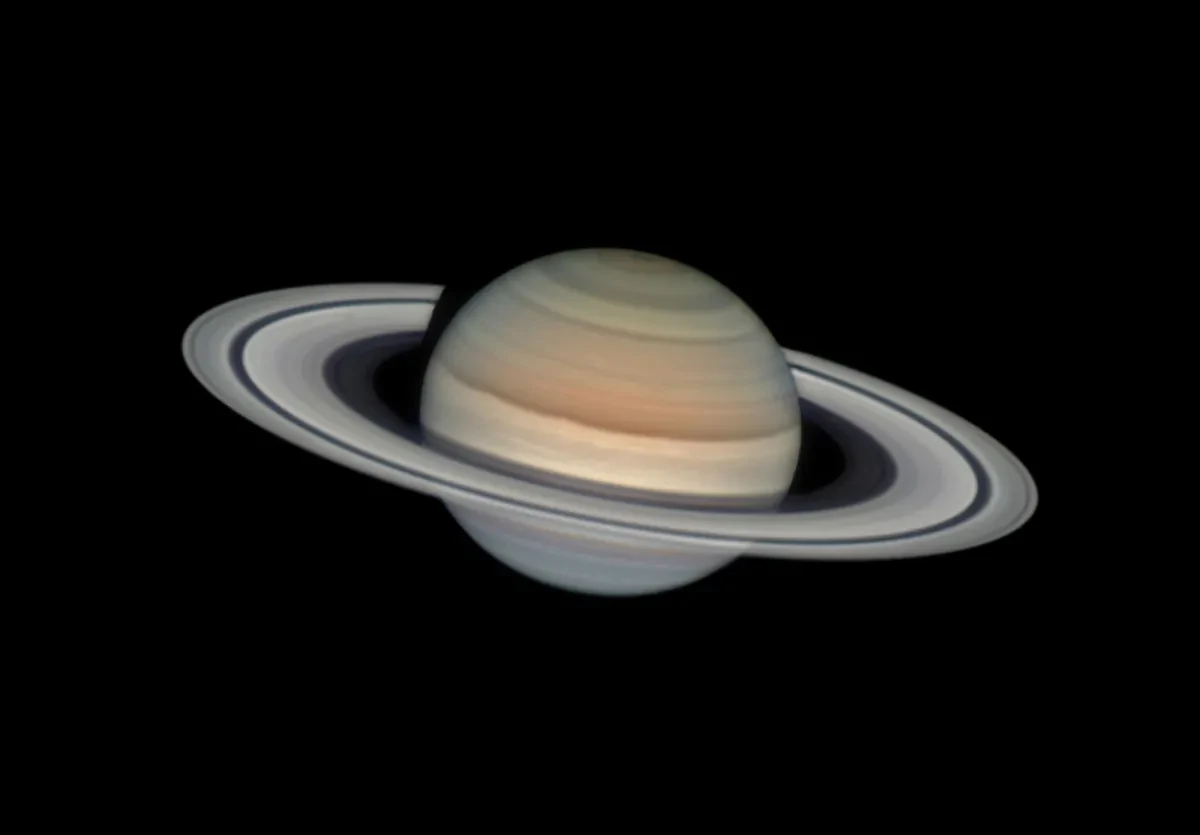
Why does the length of a day on Saturn change over time?
29 April 2022
Nahid Chowdhury (University of Leicester)
The length of a day on Saturn has been changing constantly ever since the first sophisticated proxy measurements were taken by the Voyager I and II spacecraft back in the 1980s and then later by the NASA Cassini spacecraft in the early 2000s. Using ground-based observations of Saturn's infrared northern aurorae, we carried out our own unique experiment to try and detect the hypothesised "twin-vortex" mechanism in the planet's atmosphere that is suggested to drive the changes in Saturn's rotation rate. In this talk, we'll present the results of this experiment as well as a staggering discovery that answered one of the longest standing questions in planetary science.
Speaker bio:
Nahid was born in Oldham but grew up in Leicester which is where he attended primary school all the way through to university, graduating with an MPhys Physics with Astrophysics degree in 2017 before starting his PhD in planetary science, which he is set to finish in 2022. His primary research focus is on the infrared aurorae of the gas giant planets and his work involves observing the aurorae of Jupiter and Saturn using major ground-based telescopes and then investigating the impact of these emissions on the wider local planetary environments at large. He led the recent study which addressed why Saturn's rotation rate is subject to change over the course of several years. He also supports the foundation year teaching in physics and maths at the University of Leicester and is a keen public outreach enthusiast which led him to holding paid positions at both the Royal Observatory Greenwich in London and the National Space Centre in Leicester.
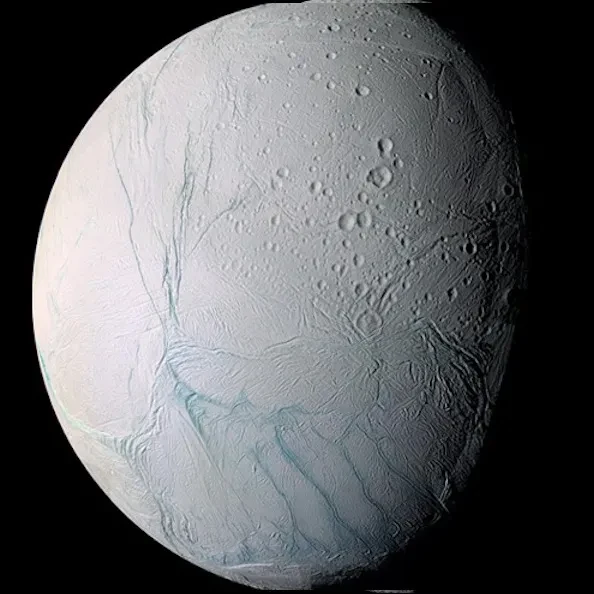
Exploring the icy moons in our Solar System: could life be out there?
11 February 2022
Dr Vassilia Spathis (University of Kent)
The icy moons in our outer Solar System are postulated to be some of the most likely places to find evidence of life close to Earth. This is largely due to the presence of subsurface oceans, with upcoming missions setting out to search for bio-significant molecules and ingredients for life. In this talk, we will briefly explore some of the icy moons and prebiotic ice chemistry that are of interest to space scientists and the search for life in our Solar System.
Speaker bio:
Dr Vassilia Spathis started as a Forensic Science and Chemistry graduate, before acquiring a PhD in Physics in 2020. She has since been working as a Postdoctoral Research Associate in Space Science and Astrochemistry at the University of Kent investigating whether hypervelocity impacts could be responsible for the synthesis of prebiotic molecules in our Solar System, with a particular focus on the outer Solar System icy moons.
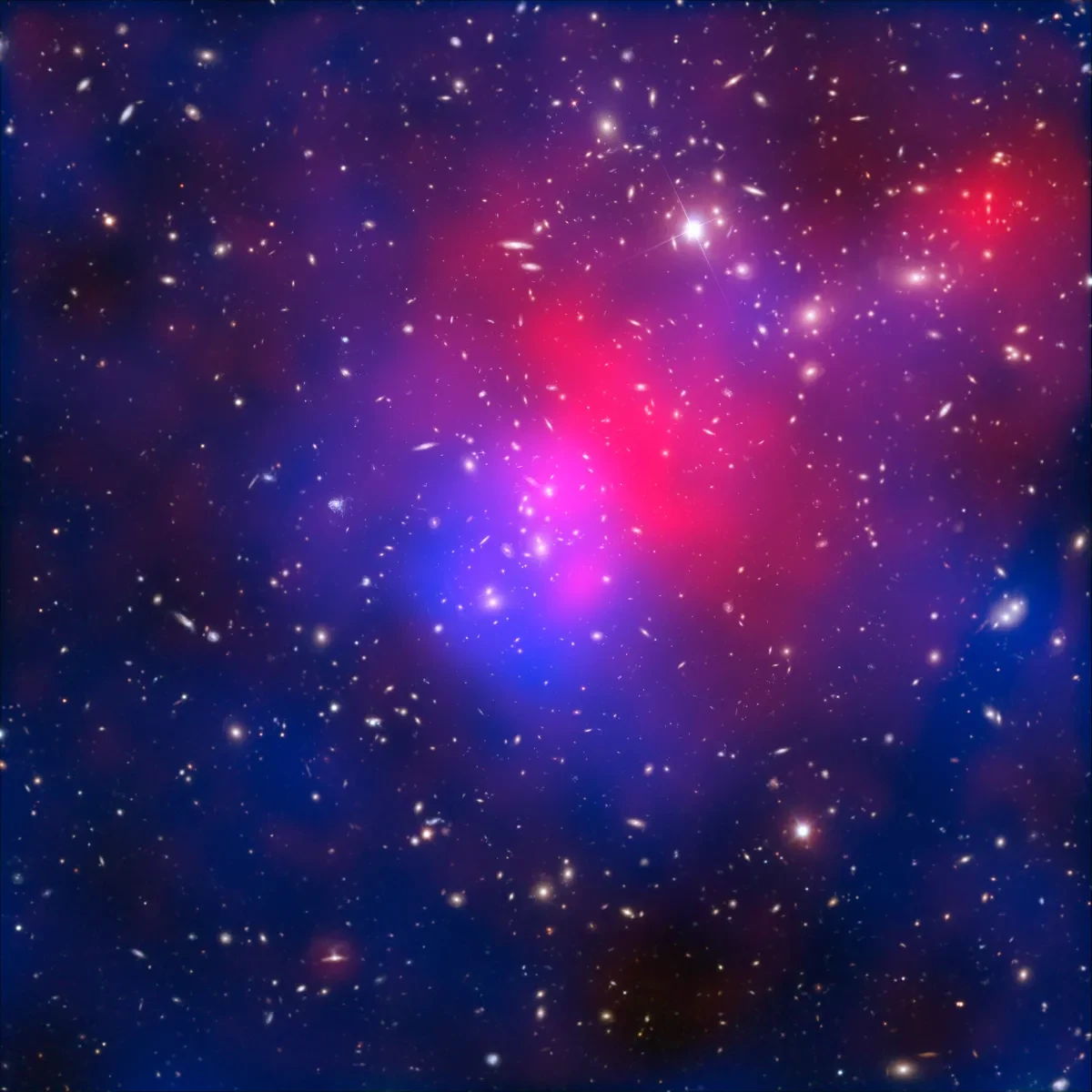
Dark Matter... How can we search for the invisible?
10 December 2021
Hannah Banks (University of Cambridge)
Take a look around you. Everything that you can see has interacted with the light entering your eyes – that’s what allows you to observe it. However nearly 85% of matter in the Universe doesn’t behave in this way. It can be neither seen nor felt. Whilst this mysterious “Dark Matter” vastly dominates over the visible Universe, it has never actually been detected. In fact, we still do not even know what it is….In this talk we will explore the astrophysical and cosmological phenomena which indicate that there must be more to Universe than what we can see, before turning to how scientists around the world are racing to pin down the nature and properties of this mysterious substance.
Speaker bio:
Hannah Banks is a PhD student in Theoretical Physics at the University of Cambridge where she is researching theories “Beyond-the-Standard Model” of particle physics. At present, she is particularly interested in how Quantum technologies could be used to probe unanswered questions in fundamental physics, such as the nature of Dark Matter. She previously completed an MSci in Physics at Imperial College and has worked as both an explainer and planetarium presenter at the Royal Observatory Greenwich for several years.
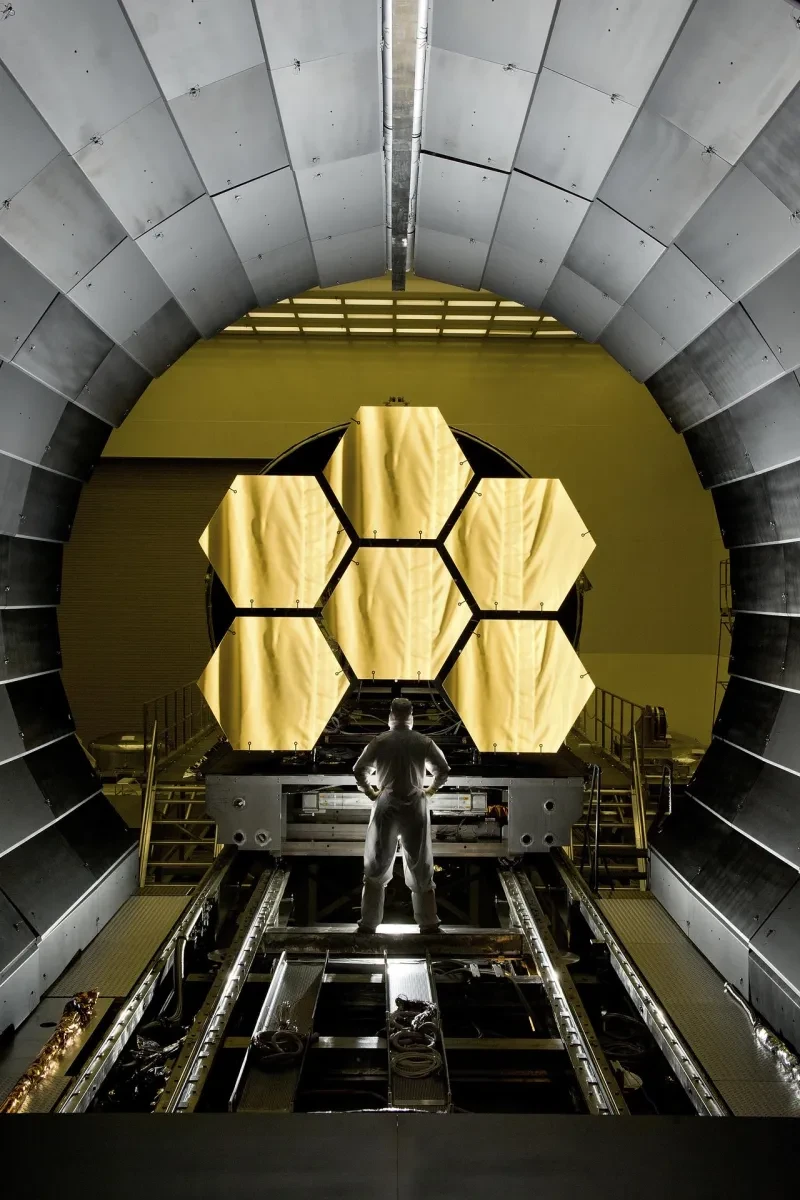
How will the Webb Telescope transform our view of the Universe?
12 November 2021
Dr Stephen Wilkins (Head of Astronomy, University of Sussex)
The James Webb Space Telescope, or Webb, is the long-awaited successor to the Hubble Space Telescope. Like Hubble before it, Webb is an international mission, featuring strong involvement from the UK and Europe. Ultimately thousands of scientists from across the world will use Webb to answer outstanding questions including: when and how did the first stars and galaxies form, and, what do the atmospheres of alien planets contain?
Speaker bio
Born and raised in Yorkshire, Stephen completed his undergraduate studies at the University of Durham before gaining his doctorate from the University of Cambridge. Following a short spell in Oxford, Stephen was appointed a lecturer at the University of Sussex. Today Stephen is a Reader and Head of Astronomy at Sussex.
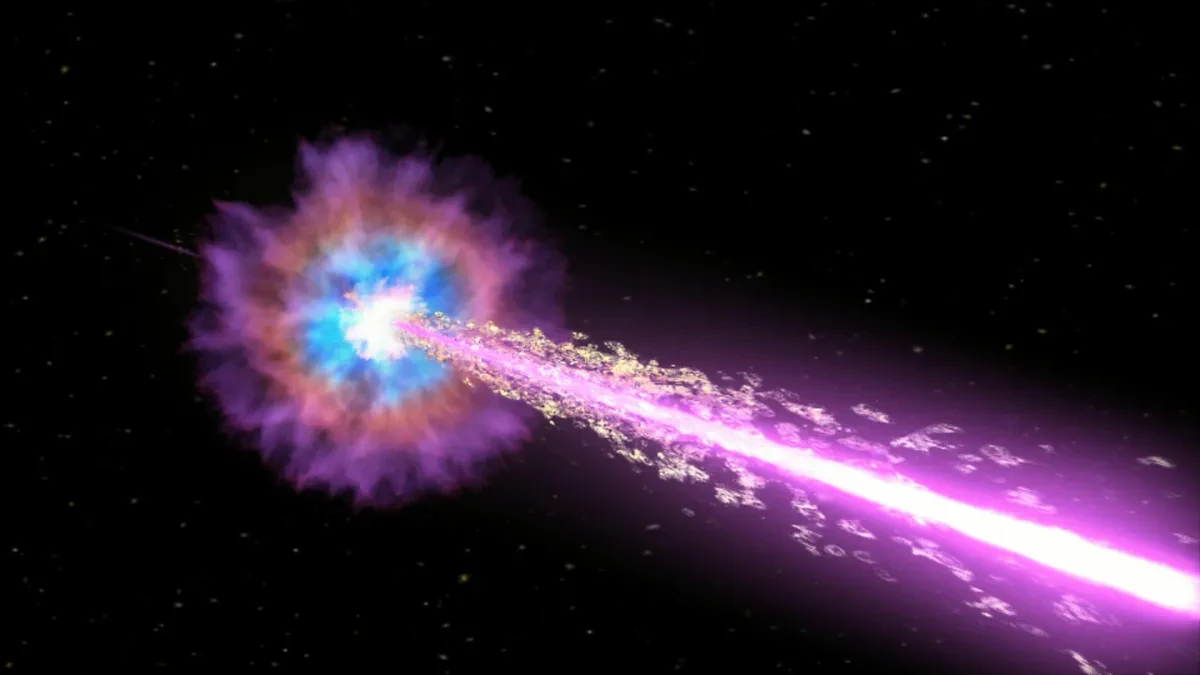
Unravelling Gigantic Structures in the Gamma-ray Sky
31 March 2021
Dr Pooja Surajbali (Max Planck Institute for Nuclear Physics)
The High Altitude Water Cherenkov (HAWC) gamma-ray observatory, located in Mexico, is designed to detect signals generated from the most energetic electromagnetic waves which, in turn, were emitted by sources in the sky. In this talk, Dr Pooja Surajbali will present the development and application of novel data analysis and modelling techniques to observations from HAWC. She will discuss how she used these data analysis tools to perform blind searches for extended structures in the very high-energy gamma-ray sky which culminated in the discovery of an exciting, previously unseen and mysterious region of gamma-ray emission.
Speaker bio
Dr Pooja Surajbali was born in Mauritius where she studied up to her Bachelor which was in Physics with minor in Astrophysics at the University of Mauritius. In 2014, she was awarded the State of Mauritius Postgraduate Scholarship to do a Masters in Astrophysics at University College London and then proceeded to do her Doctoral studies at the Max Planck Institute for Nuclear Physics (MPIK) in association with the Ruprecht-Karl University of Heidelberg. Her doctoral research involved the development of an array of sophisticated data analysis tools and their application to gamma-ray observations from the HAWC observatory. She is now a full-time postdoctoral researcher at MPIK.
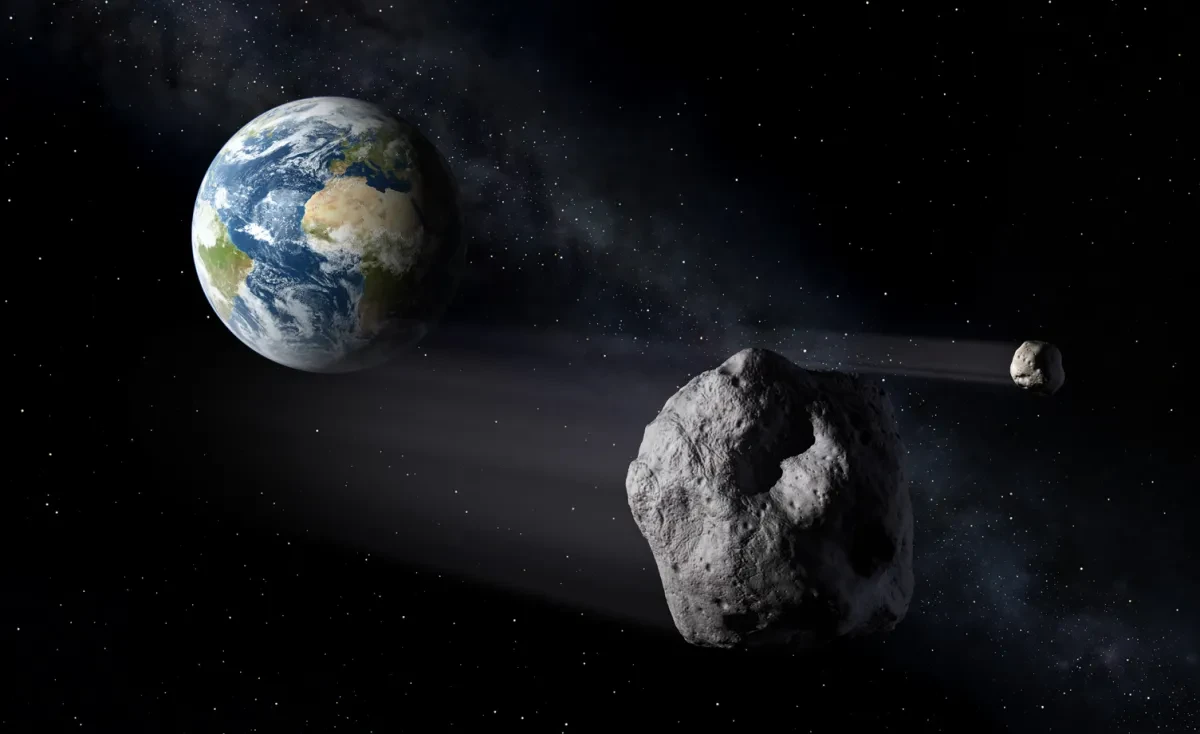
How can we protect Earth from asteroid impacts?
10 February 2021
Lord Dover (University of Kent)
The dinosaurs didn’t have a space program - but we do. In this talk, Lord Dover - a PhD student researching near-Earth asteroids - will explain the ongoing efforts by scientists and engineers to protect Earth from deadly asteroid impacts. He will describe how astronomers detect and track potentially hazardous asteroids and the technologies we could use to deflect them. Lord will also discuss the recent loss of Arecibo Observatory in the context of planetary defence and look at NASA’s upcoming DART mission.
Speaker bio
Lord is a third year PhD student at the University of Kent researching how Solar radiation drives the physical evolution of small asteroids. He previously studied at the University of Hertfordshire, obtaining a BSc in Astrophysics and an MSc in Astronomy. Lord has also previously worked as a science communicator at Bayfordbury Observatory, where he was a presenter in the UK’s largest mobile planetarium. Most recently, he has been generating 3D computer models of asteroids using data from optical telescopes and planetary radar facilities.
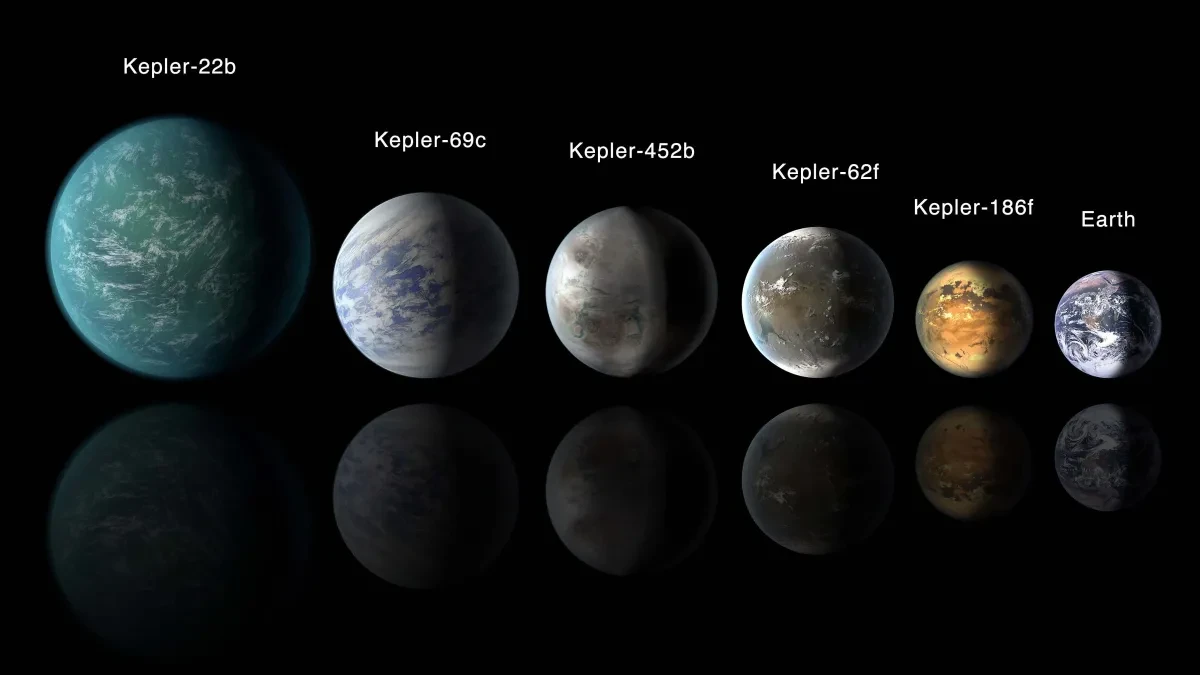
Will we find the perfect Earth-like exoplanet?
27 January 2021
Dr Angelos Tsiaras (University College London)
Today, we have discovered more than 4000 exoplanets – planets that do not belong to our Solar System and are orbiting around other stars. So far, we know that there are all sorts of different exoplanets: rocky or gaseous, small or large, hot or cold, but we don’t know much about them. One of the questions that most of us want to know is if any of these planets is suitable for us to live on it. In his talk, Dr Angelos Tsiaras will discuss what it takes to find a habitable planet other than the Earth, and how close are we in achieving this goal.
Speaker bio
Angelos is an astronomer and physicist, currently working as a senior research fellow at University College London (UCL) and as a part-time astronomer at the Royal Observatory Greenwich. He holds a BSc in Physics from the Aristotle University of Thessaloniki and a PhD in Astronomy from UCL. Angelos has been studying and working in the field of exoplanets for the last ten years, with most of his work being around the characterisation of the atmospheres of exoplanets with the Hubble Space Telescope. More recently, together with his colleagues discovered the atmosphere with water vapour around a habitable-zone exoplanet, K2-18b. Angelos’ expertise is on astronomical data analysis, both with ground-based and spaced-based telescopes, and he is developing user-friendly scientific tools that are used both within and outside academia, as he is strongly supporting Open Science and the collaboration between the public, amateur astronomers and professional astronomers.
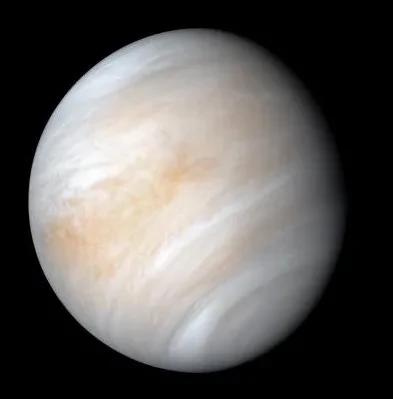
Will we find life elsewhere in the Solar System? 18 November 2020
Dr Emily Drabek-Maunder (Royal Observatory Greenwich)
The discovery of phosphine gas in the atmosphere of Venus might just possibly be an indicator that there is some form of life in the clouds of the hottest planet in our Solar System. In this talk, Royal Observatory Greenwich astronomer Emily Drabek-Maunder – who is also a co-author of the key paper about this discovery – explains how astronomers can use telescope observations of gas to search for life beyond the Earth. She will discuss the recent discovery of phosphine in Venus' clouds, what it means and what happens next.
Speaker bio:
Dr Emily Drabek-Maunder is an astrophysicist and Senior Manager of Public Astronomy at the Royal Observatory Greenwich. For the past ten years, she has studied the formation of solar systems using long wavelength telescopes (infrared to radio) located around the world. She obtained her PhD in Physics from the University of Exeter studying the formation of stars and BSc in Physics and Mathematics from Loyola University New Orleans. Emily has previously worked as a researcher at the Fermi National Accelerator Laboratory outside of Chicago, USA, Imperial College London and Cardiff University. She is a part of the research team that recently announced the discovery of phosphine, a possible biosignature, in the atmosphere of Venus.
Main image: Andromeda Galaxy at Arm's Length © Nicolas Lefaudeux, Astronomy Photographer of the Year 2020
